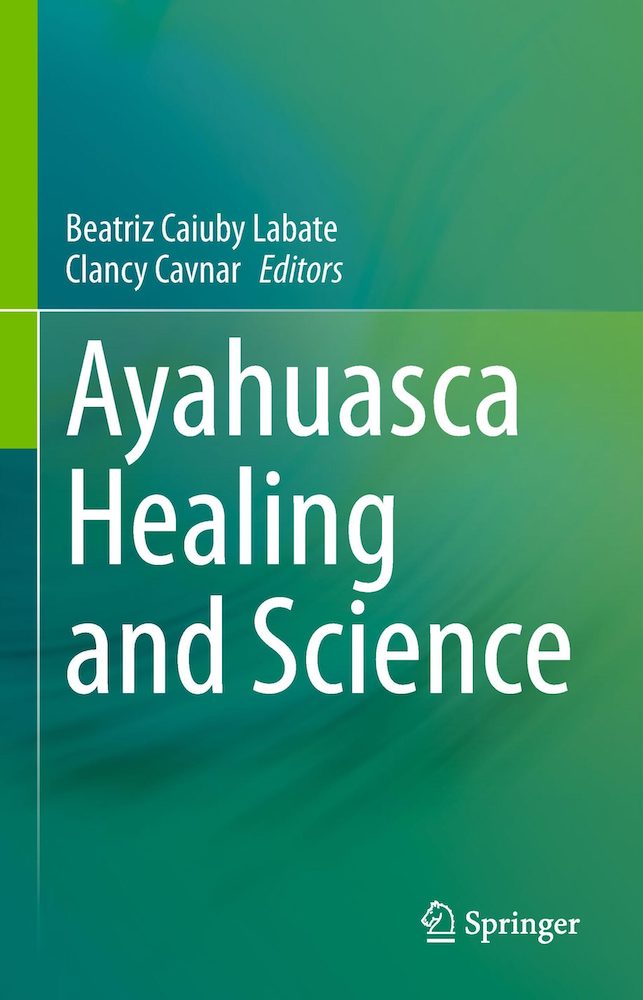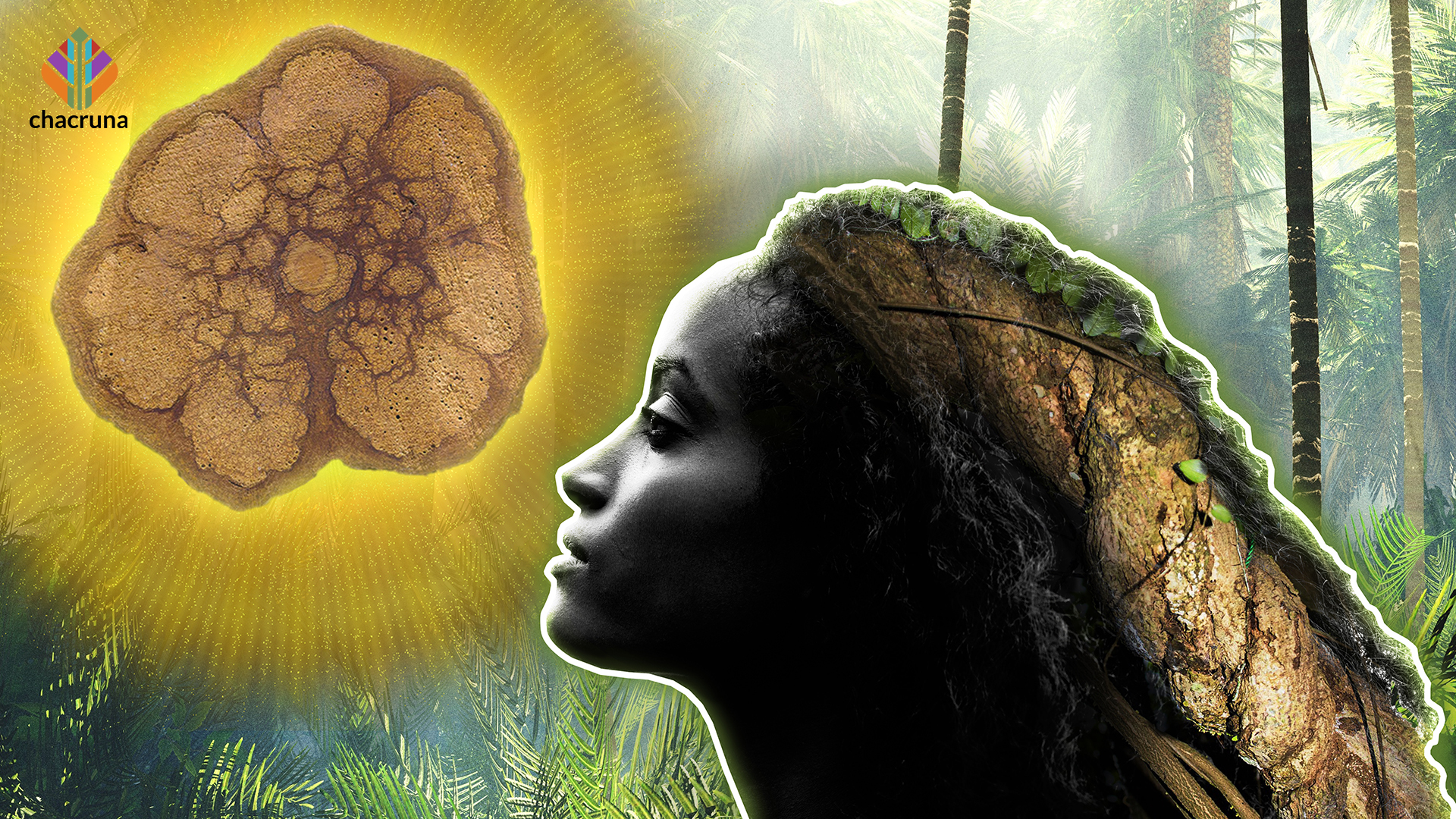- Educating Gringos in Shipibo Ways - December 13, 2021
- LSD in the House, Cops at the Door: A Psycholytic Therapist Reflects on Her Darkest Moment - July 28, 2021
- Peer support line helped 16 “bad trippers” avoid the emergency room - June 4, 2021
When I first drank ayahuasca a decade and a half ago, I could not wrap my head around the explanations from the Shipibo of how ayahuasca works.
I’m a typical American. I wear white cotton socks and quote the Simpsons and have opinions about the best fast-food chains. When I first drank ayahuasca a decade and a half ago, I could not wrap my head around the explanations from the Shipibo of how ayahuasca works.

The Shipibo, an Amazonian people who live in and around Iquitos in Peru, talked about forest spirits and talking plants. I couldn’t engage. This was much harder than learning a foreign language: the French call apples pommes and grapes raisins, but we’re both talking about red fruit. Learning the Shipibo ayahuasca language was like trying to learn a new video game where you can fly instead of just jump.
I used to hear the Shipibo stories about sorceryand telling the future and treat them the way I treated my nieces when they played pirate ship: my nieces would tell me there were treasures hidden in the couch and the carpet was an ocean and I’d tell my nieces, “Isn’t that adorable, what fun, the remote is a sword and the cushions are alligators.” I am grateful not everybody is as blind as I am. Many have long taken the time to listen closely to the words of the Shipibo and other Amazonians who actually discovered ayahuasca.
One of the better examples I’ve read lately is in the recent book Ayahuasca Healing and Science. The book is mostly about science: studies on ayahuasca’s molecular structure and clinical effects. I was quickly drawn to a long interview with an ayahuasca healer by Adam Aronovich and Bia Labate. Labate, who is also one of the book’s co-editors, thought it was important to include the voice of the Indigenous—even in a Western scientific book.
Join us for our next conference!
“It’s time to stop dissociating our practices from the people and the lands from where they originate,” Labate messaged me recently. Labate is Executive Director of the Chacruna Institute and one of the world’s leading ayahuasca anthropologists. “Indigenous people have much to teach us about the arts of healing, and also about our relationship to nature. We must resist the way biomedicine dominates the public conversation about psychedelics.”
The healer they interviewed was a 36-year-old man called Soi, born deep in the Amazon on the Ucayali River. Soi learned the healing arts from his grandfather. Soi started drinking ayahuasca at the age of 13—13!—and began treating people at 17—17!
It’s shocking that a healer started so young. And it’s gobsmacking to hear how Soi’s family learned their healing arts. Soi’s grandfather, and the healers before him, learned their healing arts from each other, and also from the plants. “Above all,” Soi says, “nature is my guide. Our path, our practice, is the intelligence and wisdom of the plants.”
Soi trained, as so many ayahuasqueros do, by “dieting” with the plants—eating or smoking tobacco, say, or pinion. Plants can give you gifts, like healing powers, and also punish you with disease, Soi says.
Yes, Soi says, his teachers are green things that grow from the ground, that do not talk, that write no scientific papers and publish no books, that cannot even read. It is the plants themselves that heal a person, Soi says. “The healer is just a guide,” Soi says, “he tells the plants: do it there, cure there.” The plants open the body and spirit, creating space for cleaning and the extraction of less healthy energies. Like washing the interior of your car, but on a spiritual level.
This is tough stuff for a Westerner to swallow, since “talking to houseplants” is shorthand for “crazy.”
This is tough stuff for a Westerner to swallow, since “talking to houseplants” is shorthand for “crazy.” Yet, we’d do well to open our minds. Western science has plenty of evidence that plants and humans have relationships. Talking to plants, studies find, helps them grow faster. Science shows plants feel you touching them.
A growing number of scientists are listening to plants. A popular memoir, Braiding Sweetgrass, by Native American botanist Robin Wall Kimmerer, is full of stories of Indigenous people creating sophisticated medicines and explaining their method by saying, “The plants told us how to do this.” It’s easy for Westerners to dismiss these as hallucinations. As a case in point, one scientist, Dr. Monica Gagliano, said ayahuasca helped her design a study of how roots find water (they are guided by sound). A New York Times reporter asked Gagliano, “Did you ever wonder if you were going insane?”
And yet, what are the outcomes from this “insanity”? Gagliano’s study worked. And what is the overall result of the Shipibo listening to plants? I ask Aronovich: Do you think the Shipibo people are happier than, say, Coloradans or Mexicans?
“Yes, I think so,” Aronovich replies. “Shipibo people are more prone to joyful experiences and worry less.” No matter what hardship comes their way, Aronovich says, the Shipibo are always held by a community, a tribe, and a natural world, so they tend not to have the low-level anxiety that ripples through modern Western life like the constant hum of a nearby interstate.
Indigenous people usually frame disease as the result of imbalance with the natural world and other people.
Indigenous people usually frame disease as the result of imbalance with the natural world and other people. That’s an important viewpoint, Labate and Aronovich believe. Aronovich founded “Healing from Healing,” a media platform that includes education and integration services. His company is one of the clearest and funniest critiques of a Western wellness culture that turns human health into a product and sometimes does more harm than good.

Discover the Indigenous Reciprocity Initiative of the Americas
We live in a world burning up with climate change. People like Soi, directly connected to the Earth, are our alarm systems, our lookouts. “Before, we were surrounded by animals; but now the animals are moving away,” Soi says. “That’s what comes from big companies.”
Soi, by the way, doesn’t mind teaching gringos the ways of his tribe. He sees ayahuasca tourism as a welcome source of jobs and intercultural exchange. As long as people are willing to listen to the plants, he says, real healing can happen.
As psychedelic companies proliferate like spring dandelions, a growing few are coming to recognize the value of Indigenous wisdom.
As psychedelic companies proliferate like spring dandelions, a growing few are coming to recognize the value of Indigenous wisdom. They occasionally share some of their profits, company equity, or intellectual property with tribes and nonprofits, contributing to something like Chacruna’s Indigenous Reciprocity Initiative.
Soi’s name, he tells the researchers, means both “beautiful” and “bird.” One trick of turning your brain to accept both Western and Indigenous ways of thinking is realizing that one thing can mean two different things, without one necessarily canceling out the other. Including Soi’s perspective in an otherwise scientific book will help make sure that happens.
Take a minute to browse our stock:
Did you enjoy reading this article?
Please support Chacruna's work by donating to us. We are an independent organization and we offer free education and advocacy for psychedelic plant medicines. We are a team of dedicated volunteers!
Can you help Chacruna advance cultural understanding around these substances?















